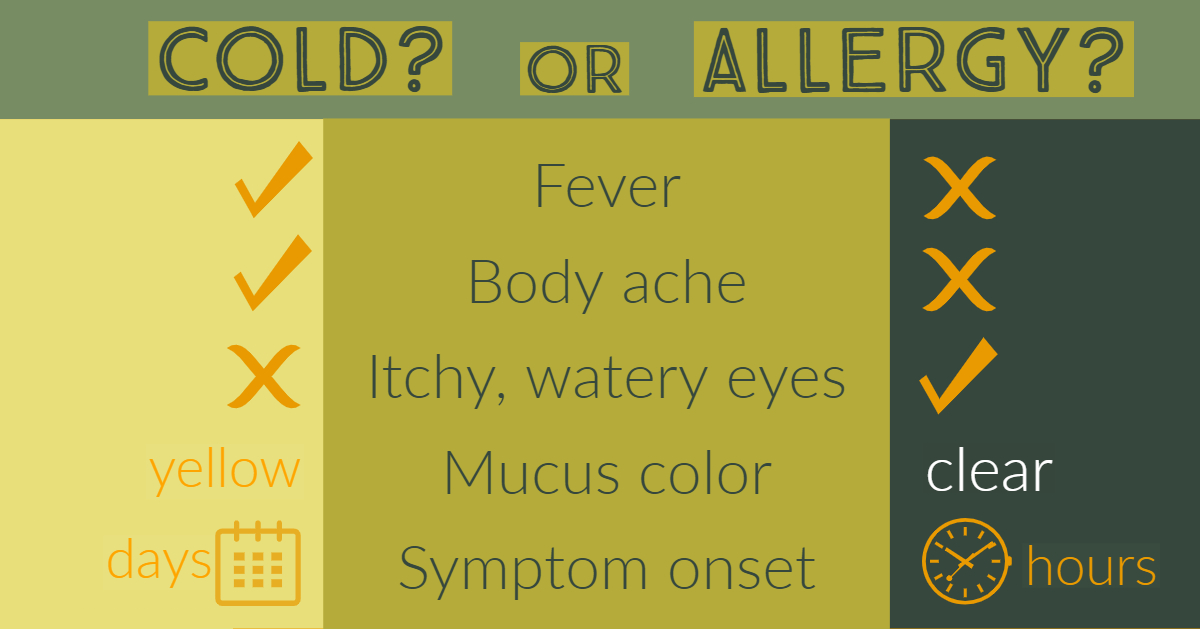Allergic Rhinitis (Hay Fever)
Allergic rhinitis, also called hay fever, is caused by an allergy to various plants, pollens and molds. There are two types:
- Seasonal allergic rhinitis — Symptoms appear during an allergy season (trees, grass, weeds)
- Perennial allergic rhinitis — Symptoms are present year-round, may be triggered by animal dander, indoor mold, dust mite or cockroaches.
Allergic rhinitis / hay fever symptoms:
- Sneezing
- Itchy and/or watery eyes
- Congestion
- Runny and/or itchy nose
- Fatigue
- Itchy mouth, throat and/or ears
- Cough
- Postnasal drip
These same symptoms can appear with the common cold.


You can monitor local pollen counts and the timing of various pollen seasons through the National Allergy Bureau. Pollen seasons generally arrive in this order:
- Tree pollen (early spring)
- Grass pollen (mid spring/ early summer)
- Ragweed and mold (late summer / early fall)
- Mountain cedar pollen (December to early March)
How can allergy drops help?
Sublingual immunotherapy can be helpful in treating allergic rhinitis. The La Crosse Method™ Protocol includes multi-allergen treatment for indoor and outdoor environmental allergies. In addition, a preseasonal (single-allergen) therapy is available to boost allergen tolerance before the season begins.
Over the course of allergy drop treatment, your body builds tolerance to substances causing reactions. Not only can it help you reduce the need for symptom relieving medications, studies have shown that sublingual immunotherapy can help prevent new allergies from developing and improve other allergy-related conditions such as asthma and eczema.










